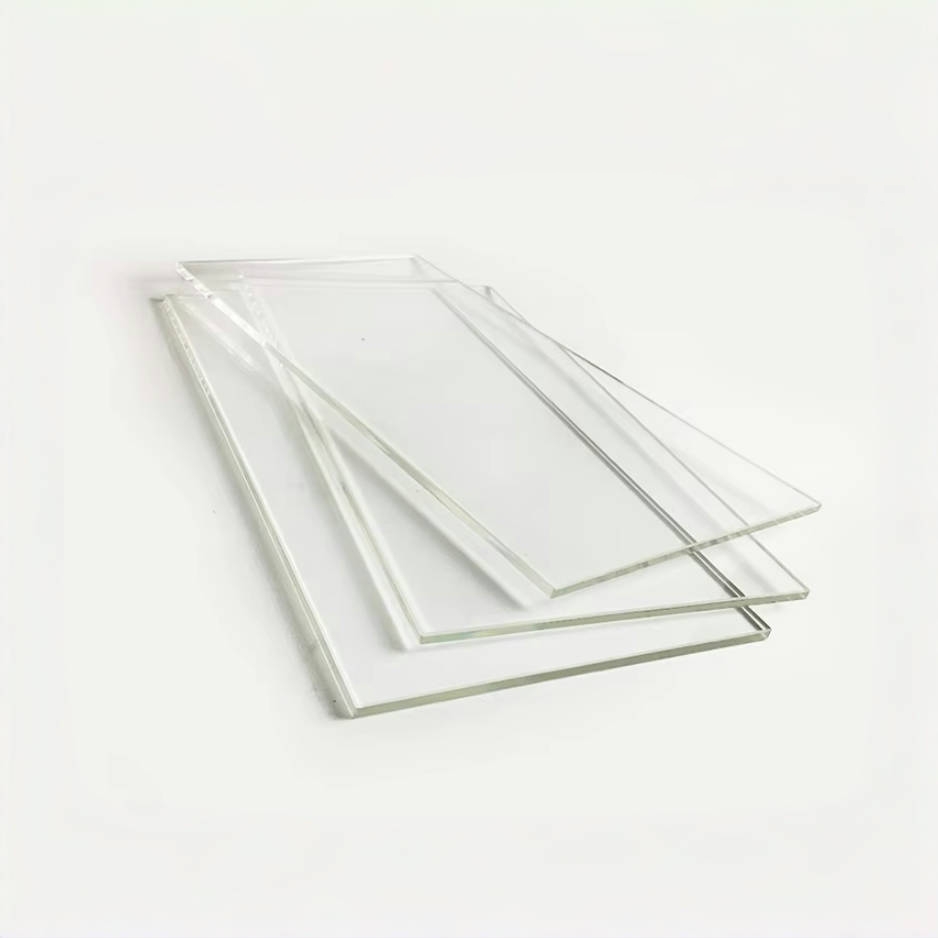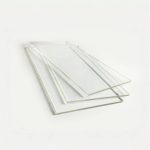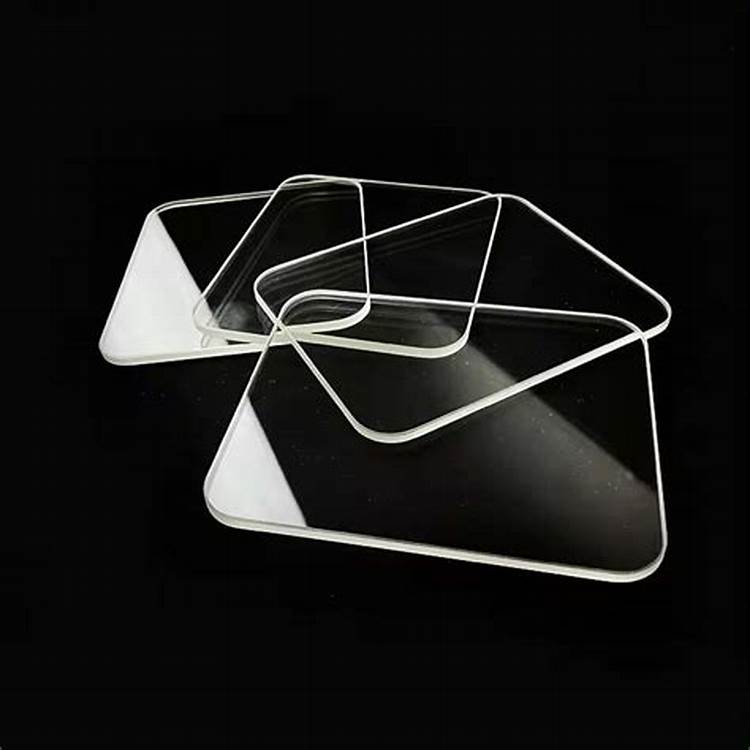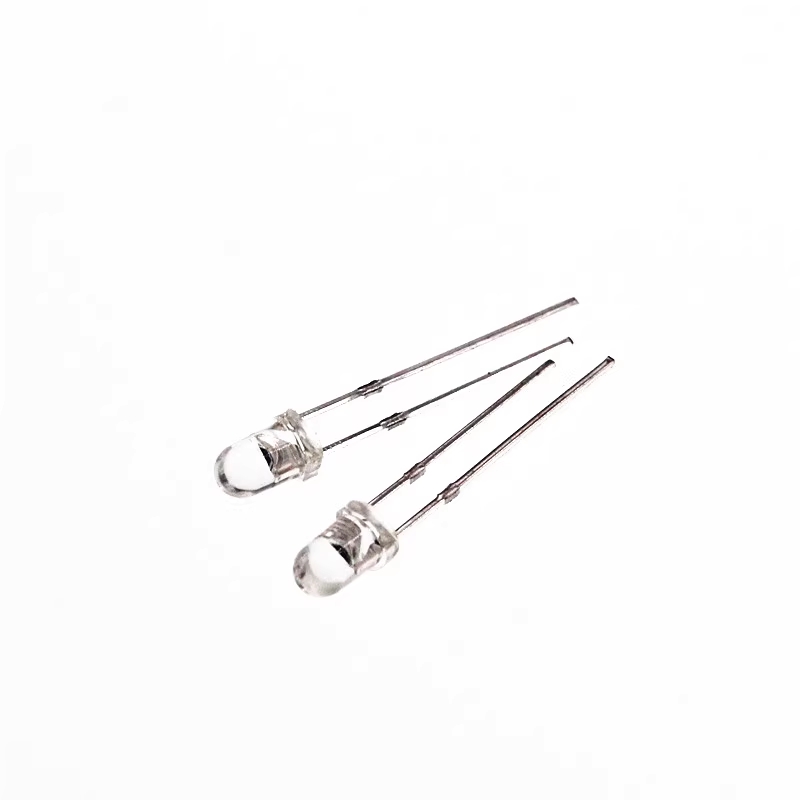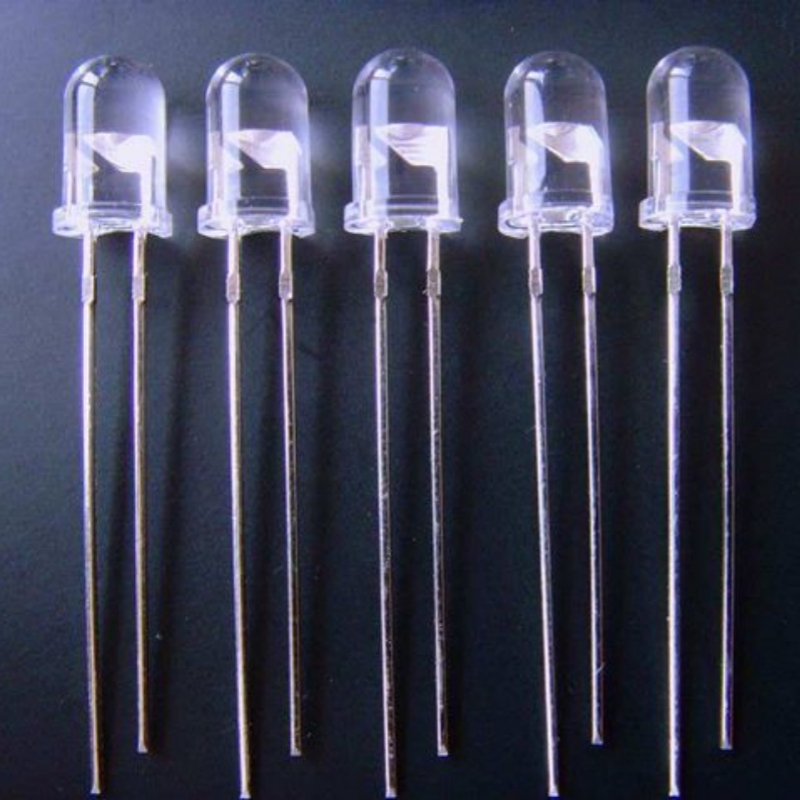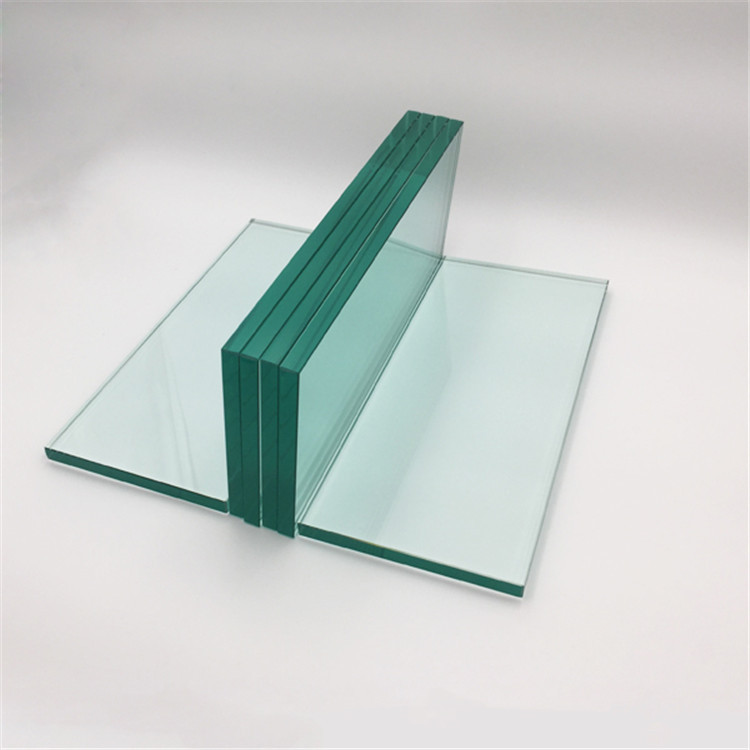Lithium fluoride rectangular window is a high-performance optical component recognized for its superior transparency in ultraviolet and infrared wavelengths, excellent chemical stability, and resistance to moisture degradation. Engineered from LiF, it exhibits low refractive index, outstanding durability, and minimal optical distortion, making it an essential material for spectroscopy, laser systems, aerospace applications, and precision scientific instruments. Its ability to withstand extreme environmental conditions ensures long-term reliability in advanced optical technologies.
Product Overview
The lithium fluoride rectangular window is a high-performance optical component with a rectangular shape, primarily used to separate and filter specific wavelengths of light. It is widely applied in fields such as spectroscopy and optical communication, where the window can effectively isolate and transmit light from different wavelength bands. Lithium fluoride offers excellent optical performance, especially in the ultraviolet, visible, and infrared ranges, with high transmission and reflection characteristics. Through precision machining and polishing, the lithium fluoride rectangular window meets strict dimensional and tolerance requirements to ensure the accuracy of optical performance.
Key Features
- High Transparency: Exhibits excellent transparency for ultraviolet, visible, and infrared light, effectively protecting internal components from external light interference.
- Thermal Stability: Offers excellent thermal stability, maintaining performance even in high-temperature environments.
- Mechanical Strength: Possesses high mechanical strength, capable of withstanding certain pressures and impacts, suitable for complex operating environments.
- Chemical Stability: Demonstrates good chemical stability, resistant to environmental and chemical corrosion.
- Low Reflection: After polishing, the surface reflection is minimal, helping reduce light loss and improve system transmission efficiency.
- High Precision and Flatness: Precision-machined surfaces minimize light scattering and reflection, enhancing imaging quality and optical performance.
Applications
- Spectroscopy: Used for high-precision spectral analysis, effectively separating light of different wavelengths.
- Optical Communication: Widely used in optical communication systems as wavelength selection and beam control elements.
- High-Energy Physics Experiments: Used in high-energy experiments as a wavelength separation and transmission control window material.
- Laser Systems: Serves as a protective window in laser technology, ensuring laser beam stability and performance.
- Scientific Research: Ideal for various scientific optical systems, meeting strict optical performance requirements.
| Optical Property | Value |
| Transmission Range | 0.11-7 μm |
| Transmittance | >94.8%@0.6μm |
| Reflection Loss | 5.2%@0.6μm (both surfaces) |
| Absorption Coefficient | 5.9×10⁻³@4.3μm |
| Structure | Cubic Crystal System |
| Cleavage Planes | <100 |
| Physical Property | Value |
| Density | 2.639 g/cm³ |
| Melting Point | 848 ℃ |
| Thermal Conductivity | 11.3 W/(m·K) @ 314K |
| Thermal Expansion | 37.0×10⁻⁶/K @ 283K |
| Knoop Hardness | 415 kg/mm² |
| Specific Heat Capacity | 1562 J/(kg·K) |
| Dielectric Constant | 7.33 @ 1 MHz |
| Young's Modulus | 64.79 GPa |
| Shear Modulus | 55.14 GPa |
| Bulk Modulus | 62.03 GPa |
| Poisson's Coefficient | 0.22 |
| Chemical Property | Value |
| Solubility | 2.7 g/L @ 20℃ |
| Molecular Weight | 25.9394 g/mol |
| Parameter | Range |
| Diameter Range | 2-300 mm |
| Thickness | 0.12-60 mm |
| Surface Finish | 80-50, 60-40, 40-20, 20-10, 10-5 |
| Surface Accuracy | λ/2, λ/4, λ/8, λ/10 |
| Parallelism | <3' - 30" |
| Aperture Transmission | >90% |
| Coating | Customizable |
 new material
new material

